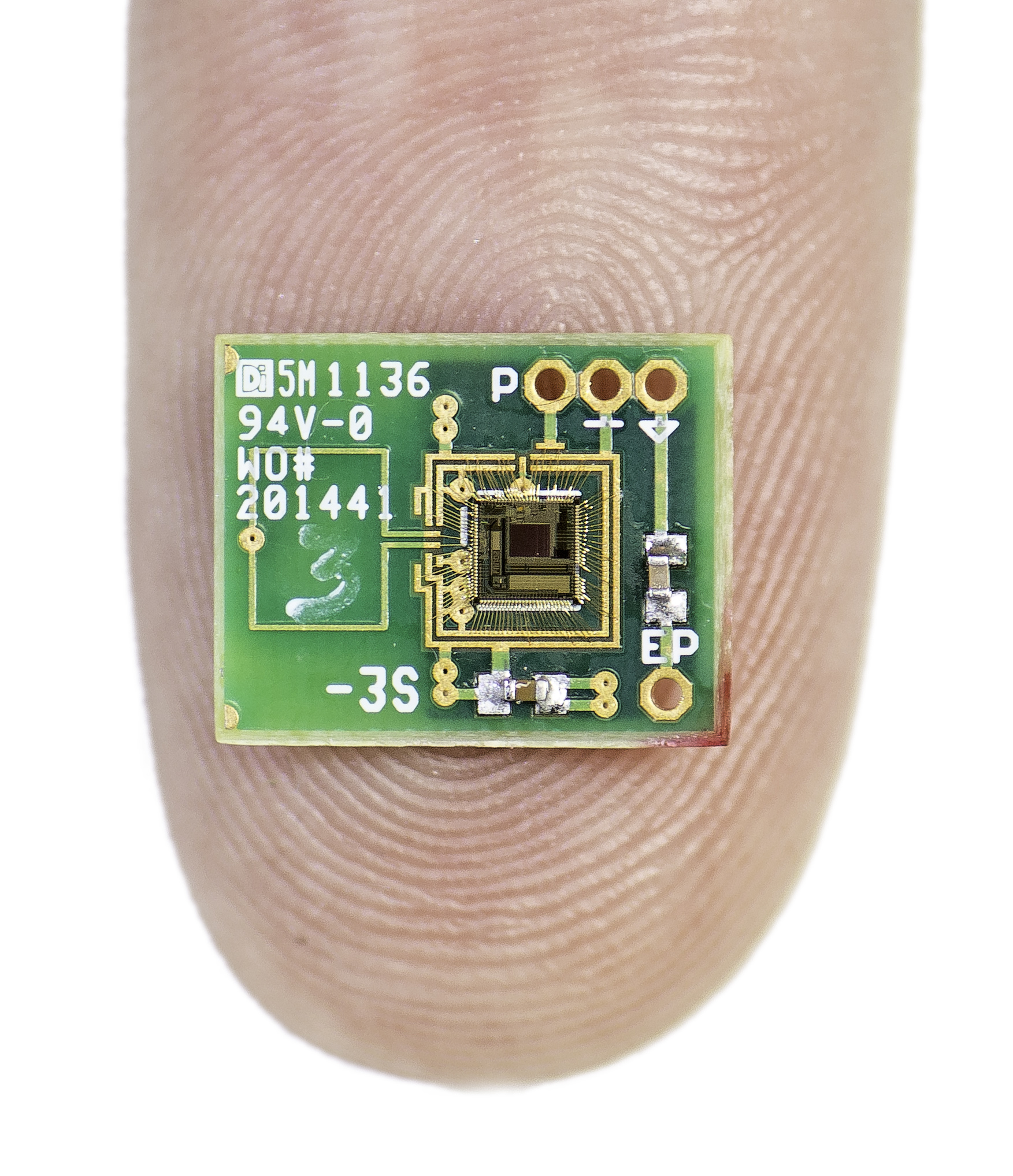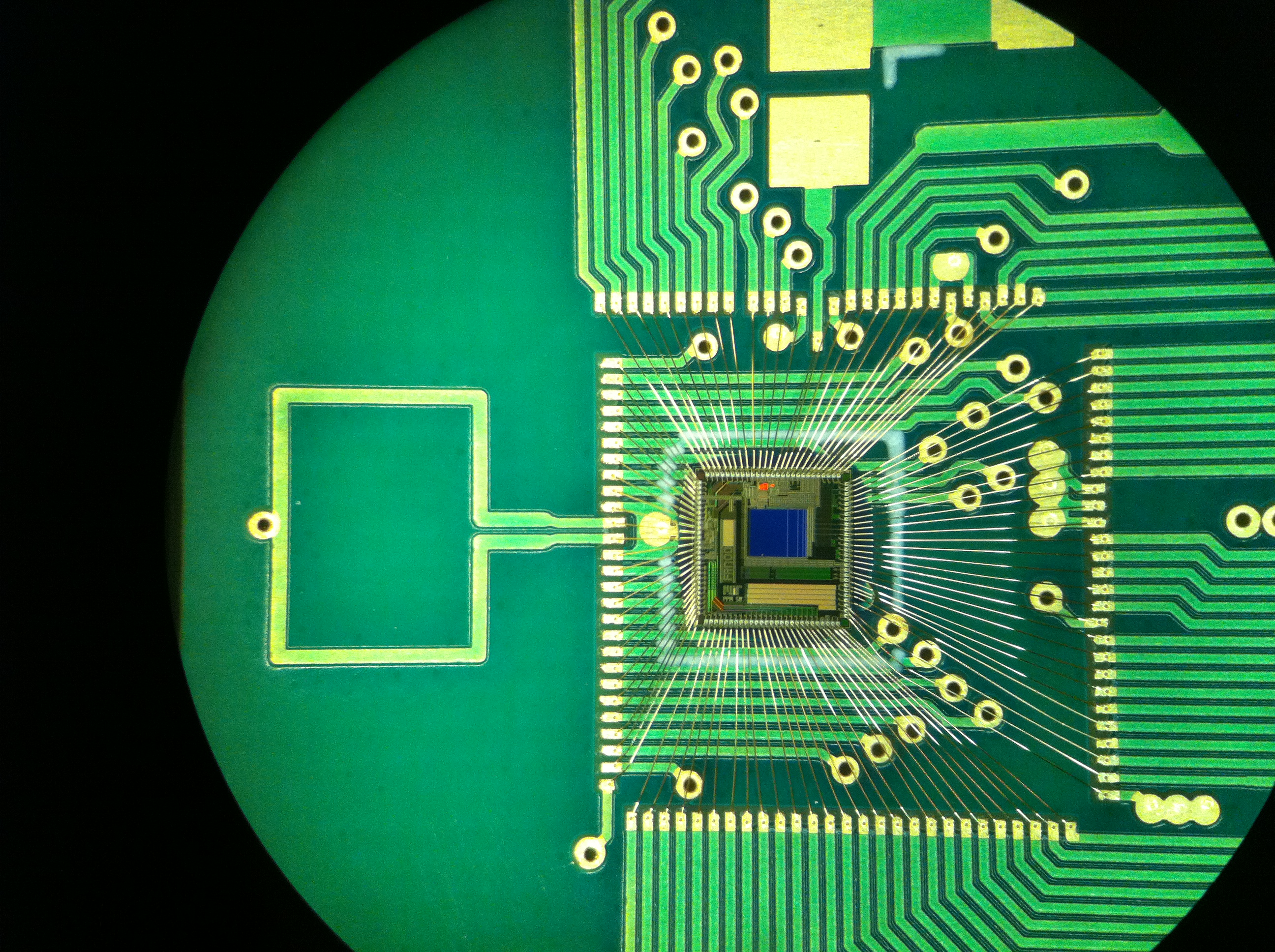Gadget Power Coming Out of Your Ears
Medical devices and implants are shrinking by the day, but battery tech to power the devices remains bulky in comparison. When they are small enough to fit, they have a limited life span and need to be replaced by surgery.

Fortunately, our cyborg future still looks bright—researchers are working on scads of clever ways to turn the body itself into a power source.
The newest of those approaches is to tap into the electrochemical gradient that body naturally maintains in the fluids of the inner ear. The difference in charge between these the inner-ear fluids converts mechanical impulses smacking the eardrum as sound waves into neurotransmitter firings that the auditory nerve can understand.
A report published today in Nature Biotechnology explains how Boston scientists collected power from the inner ear of a guinea pig using a miniature circuit board and electrodes snaking into its cochlea. (In future tests, they anticipate the board will be implanted.) They extracted power of a little over 1 nano watt for about 5 hours. While that’s small, it was enough for the device to send out a radio signal that measured the electric potential within the chamber about every minute. They also used a low-power chip that is under contraction in the lab of MIT’s Anantha Chandrakasan, one of the lead authors of the study.

The research is a big deal. It is the first time anything like this has been implanted without harming the existing biological wiring in the ear. Guinea pigs responded to hearing tests, even after a test device was implanted in their ears. Eventually, the researchers hope the setup will be able to deliver drugs or work as a chemical sensor.
The in-ear chip joins a growing list of technologies that get their juice from living systems. A few weeks ago, I wrote about electrodes and catalysts implanted in lobsters that powered a watch by converting chemical energy in glucose into electrical energy that ran the watch. And just this Sunday, a group from the University of Michigan showed off a piezoelectric material that converts the heart’s mechanical beats into electrical energy efficiently enough to potentially power a pacemaker one day.
Keep Reading
Most Popular
Large language models can do jaw-dropping things. But nobody knows exactly why.
And that's a problem. Figuring it out is one of the biggest scientific puzzles of our time and a crucial step towards controlling more powerful future models.
How scientists traced a mysterious covid case back to six toilets
When wastewater surveillance turns into a hunt for a single infected individual, the ethics get tricky.
The problem with plug-in hybrids? Their drivers.
Plug-in hybrids are often sold as a transition to EVs, but new data from Europe shows we’re still underestimating the emissions they produce.
Stay connected
Get the latest updates from
MIT Technology Review
Discover special offers, top stories, upcoming events, and more.